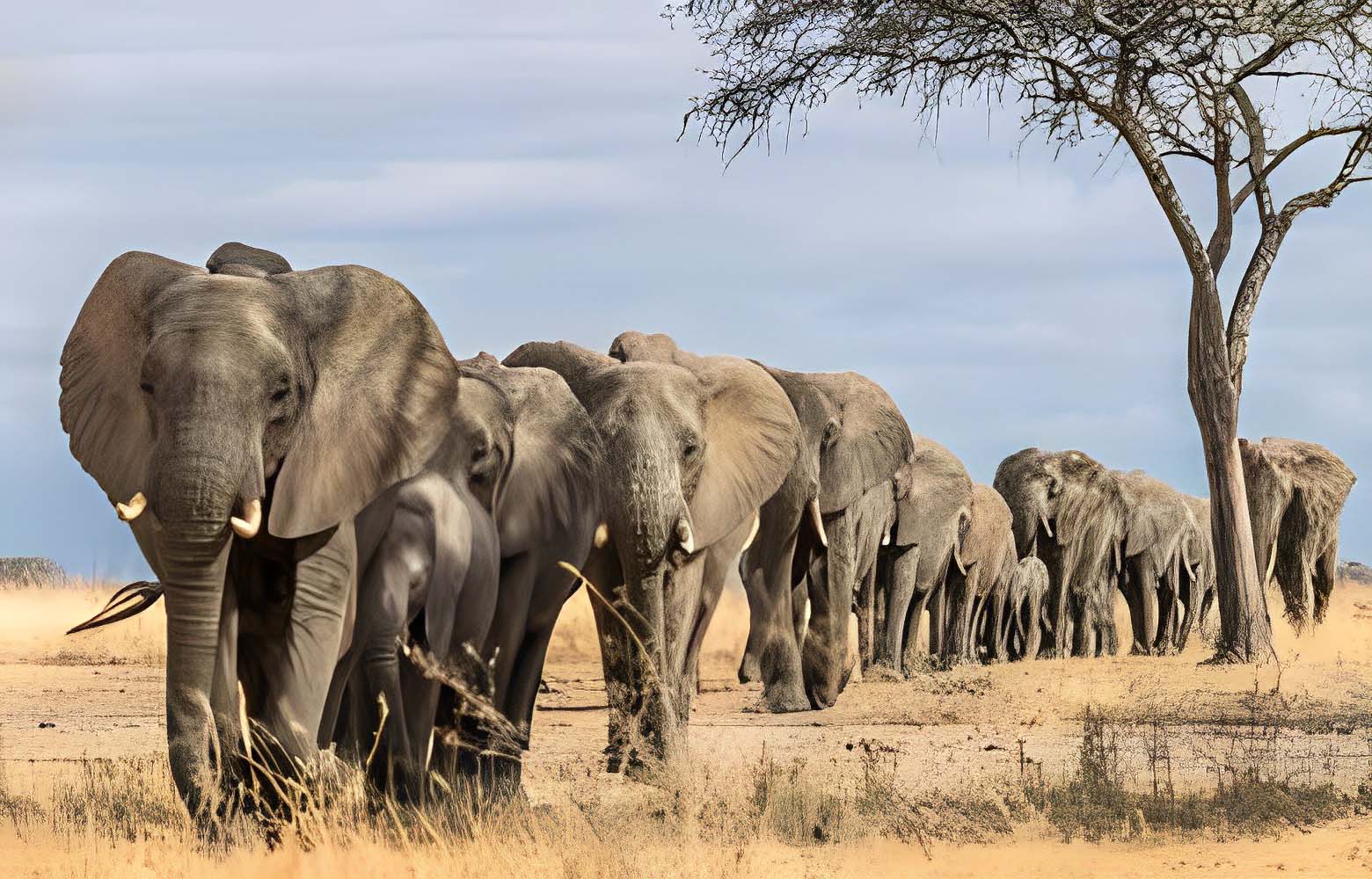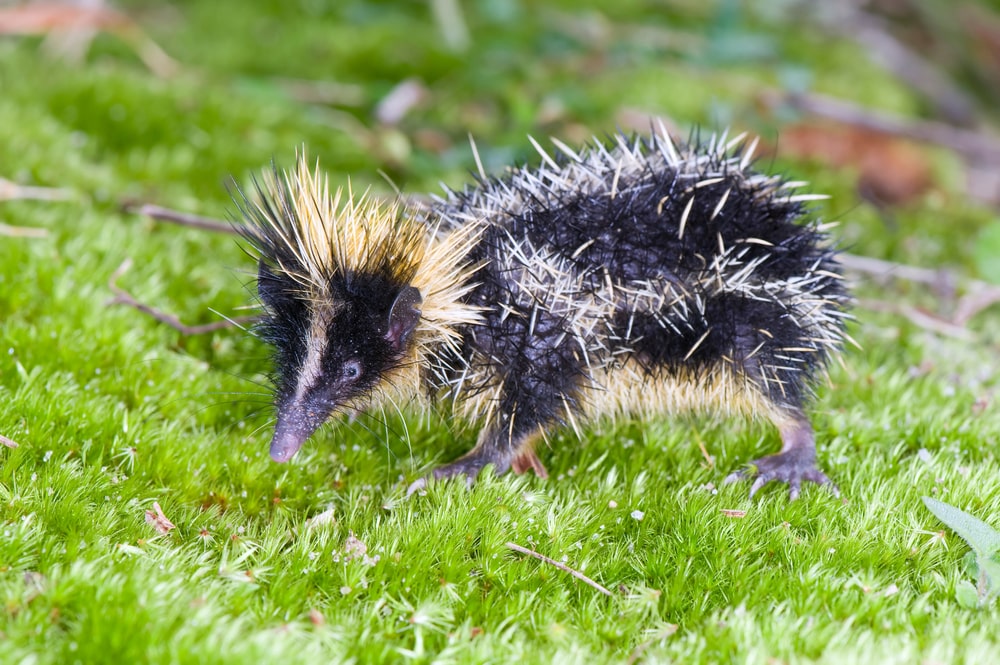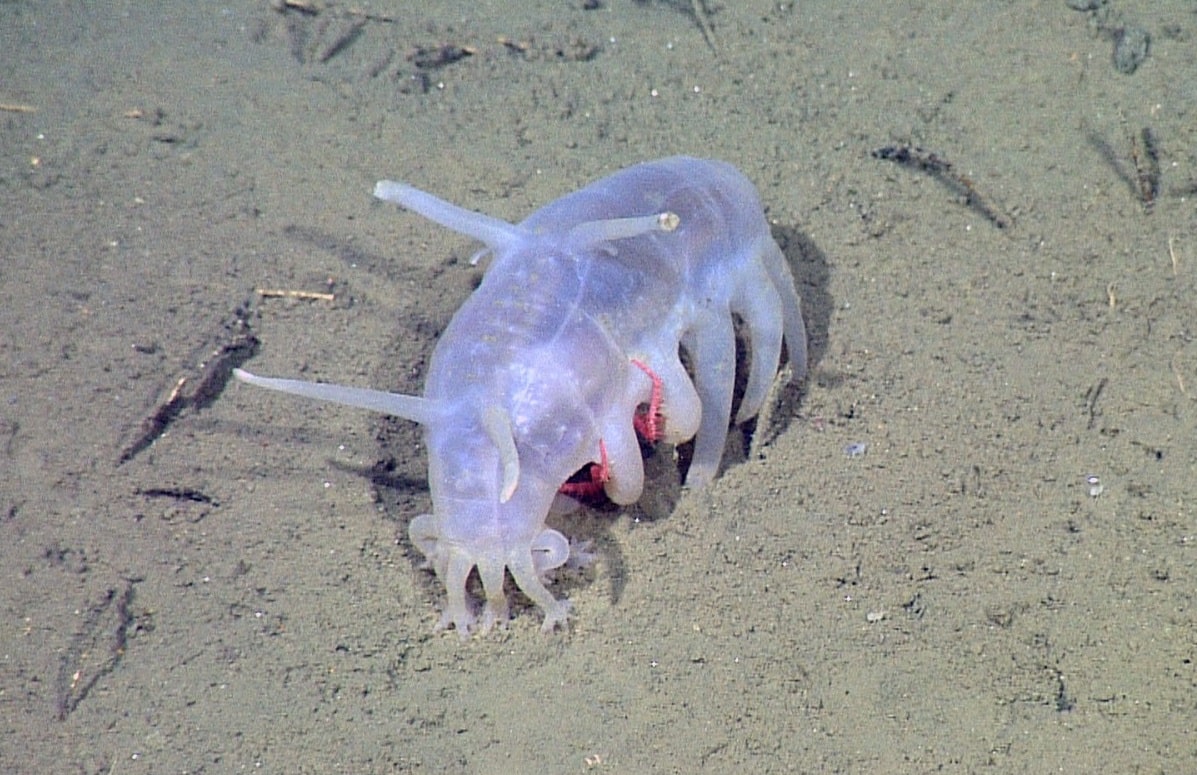Are Red pandas Endangered? Appearance & Characteristics
The red pandas are found in the mountain forest areas of Nepal, India, Bhutan, China, and Myanmar. They are most closely related to the raccoon and are also similar to the giant panda, but they are classified within their own family called the Elora Dai family. There are two species of the red panda: the western red panda and the stan’s red panda. Although both species are extremely similar in both appearance and behavior.
Red panda Appearance
Red pandas are about 42 inches in length, including their long bushy tail, and they weigh between 7 and 14 pounds compared to the black and white giant pandas. They are very small; in fact, the giant panda is more than 20 times bigger than the red panda. Red pandas spend most of their lives in trees; they even mate in trees and sleep in trees.
They use their long, bushy tails to balance when moving through trees; they also rub their tails around their bodies when they sleep to prevent heat loss. Red pandas eat mainly bamboo and will spend up to 14 hours a day doing so; they can eat more than 200,000 leaves of bamboo each day. They also sometimes eat grass and fruit, and occasionally.
They will eat insects. Red pandas are solitary animals that only come together for mating after a pregnancy of around 135 days. A mother gives birth to between one and four babies. They are born into a nest made of twigs and grass. The den is usually built high up in a tree to protect the young from predators. Newborn cubs are covered in thick gray fur and weigh between four and six ounces. Their eyes and ears are closed at birth.
The young stay in the nest for about 90 days. They reach adult size at about 12 months old. Around this stage, they leave their mother and go off on their own. Red pandas are endangered animals. This is due to both deforestation and poaching. Scientists estimate there are between 2,000 and 10,000 left in the wild. In the wild, red pandas live for an average of eight to ten years, and in captivity, they live for an average of 15 years.
Also known as lesser pandas, since they’re smaller than their black and white counterparts; fire foxes, thanks to their striking colors; and first pandas, a name which deserves some explanation. See, red pandas were actually named before giant pandas, so, really the name “panda” originated with these guys and not the big boys with which people are more familiar. What’s more, red pandas and giant pandas aren’t even technically related! Red pandas have stumped scientists in terms of classification.
Red panda Habitat
Currently, they’re in a family all their own, but they’ve also been linked to raccoons and bears. There’s even speculation that a similar species called Bristol’s Panda may be one of the closest fossil relatives to today’s red pandas, but Bristol’s Pandas lived on basically the complete opposite side of the world! Red pandas are found in scattered habitats throughout southern central Asia.
They are intrinsically linked to temperate forests that produce an undergrowth of bamboo. This is because red pandas subsist almost entirely on fresh bamboo leaves and shoots. It’s kind of weird, but red pandas are sort of vegetarian carnivores. I realize that’s an oxymoron; typically mammals who eat mostly plant material have specialized stomachs for digesting their fibrous foods, but not red pandas. This means that red pandas are not able to gain much nutrition from the bamboo they consume.
What do Red pandas eat?
The good news for red pandas is that they have to eat a lot of bamboo in order to survive, which is pretty awesome if you love to eat bamboo. The bad news is that this makes red pandas susceptible to environmental changes that impact their main dietary source. Loss of livable habitat has drastically damaged red panda populations. It’s believed that there are less than 10,000 red pandas are living wildly today. However, conservation efforts exist including the construction of parks in which the land can not be touched by construction and deforestation.
Reproduction & Life Cycle
The life cycle of the red panda can also influence their numbers in the wild. It takes just under four and a half months for a female red panda to gestate. Compared to similarly sized animals such as raccoons or even domestic cats, each with a gestation period of just over two months, red pandas are pregnant more than double the time. Plus, while raccoon and cat babies can leave their mother within three months time, it can take nearly a full year for red pandas to become independent.
This means that mama red pandas have less opportunities for breeding and producing offspring since they have to spend more time raising their current litter. Red panda babies become sexually mature at about eighteen months of age, a full six months to a year behind the raccoons and cats we’ve been comparing them to.
Red pandas threats
The good news is that, unlike giant pandas, red pandas have broad genetic variance which means they have a better chance of producing healthier offspring. And, to be fair, raccoons sort of drew the short straw on life expectancy, as red pandas on average live ten times longer. Red pandas are at their most vulnerable within their first year of life, but all red pandas can fall victim to predators such as snow leopards and jackals.
They have some defenses, though. While their fiery coat may seem to make them stand out against a lush, green backdrop, in their natural environment they actually blend in quite perfectly with the red mosses and white lichens adorning fir trees. Plus, red pandas are adept climbers and spend a lot of their time in the trees. They’re kind of shy, too, so they probably won’t be out as an easy target anyway. Also, if they get any cuter we might explode!









